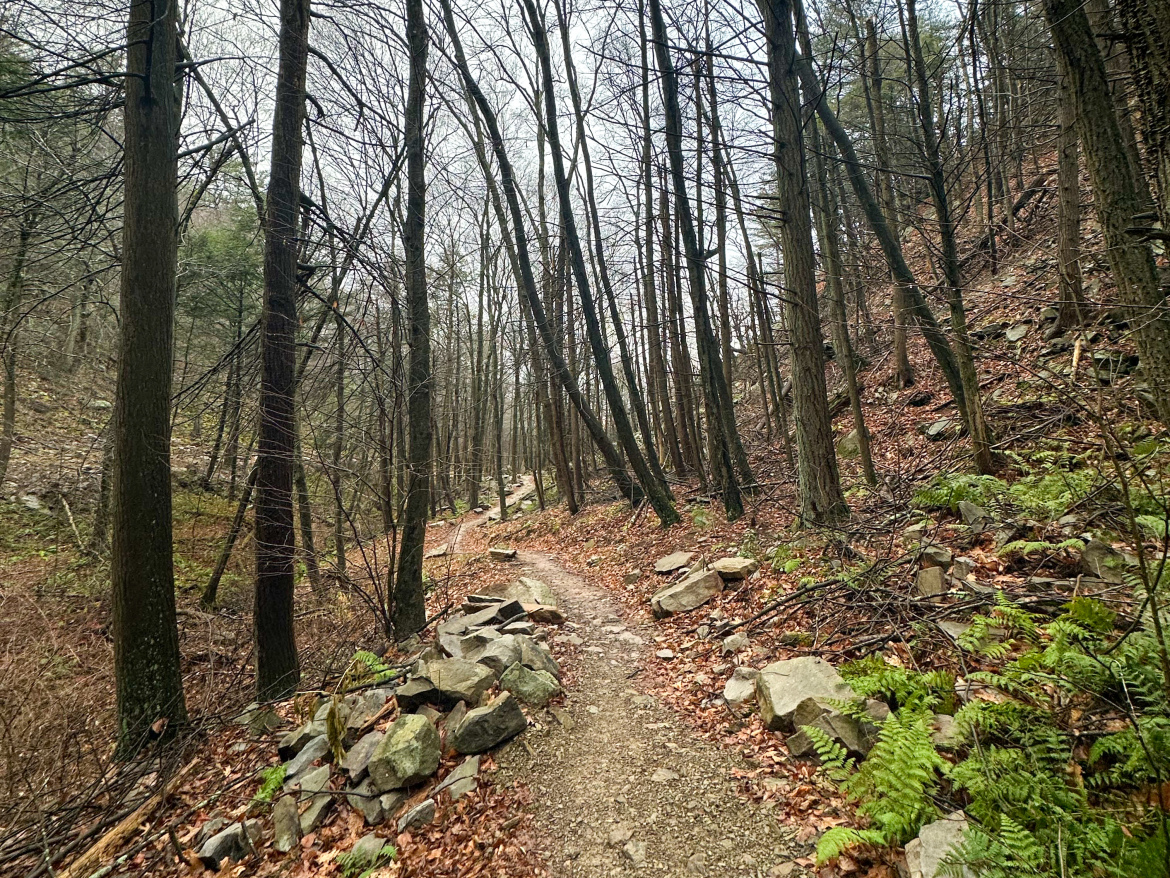
Pennsylvania is building one of the most ambitious trail projects in the eastern United States, and hardly anyone outside Central PA knows about it. Despite the state’s 12,000-plus miles of trails — one of the largest public trail systems on the East Coast — Pennsylvania rarely gets the recognition it deserves as a riding destination. But a 50-mile trail addition taking shape in Rothrock State Forest right now, funded by a public-private partnership, could change that while serving as a blueprint for trail development across the country.
The state government joined forces with a private nonprofit to develop a 50-mile loop system of natural-surface, sustainable biking, hiking, and equestrian paths in Rothrock State Forest that, once completed, will connect to over 100 miles of existing trails throughout the forest.
With 7.5 miles already completed and another 11 miles of trail currently under construction, the vision is quickly becoming a reality. To find out more about the project, Singletracks spoke with Mike Bush, the Vice President of the Rothrock Trail Alliance, Edward Stoddard, the Communications Director for the Happy Valley Adventure Bureau, and Elizabeth Crisfield, the Executive Director of the ClearWater Conservancy.
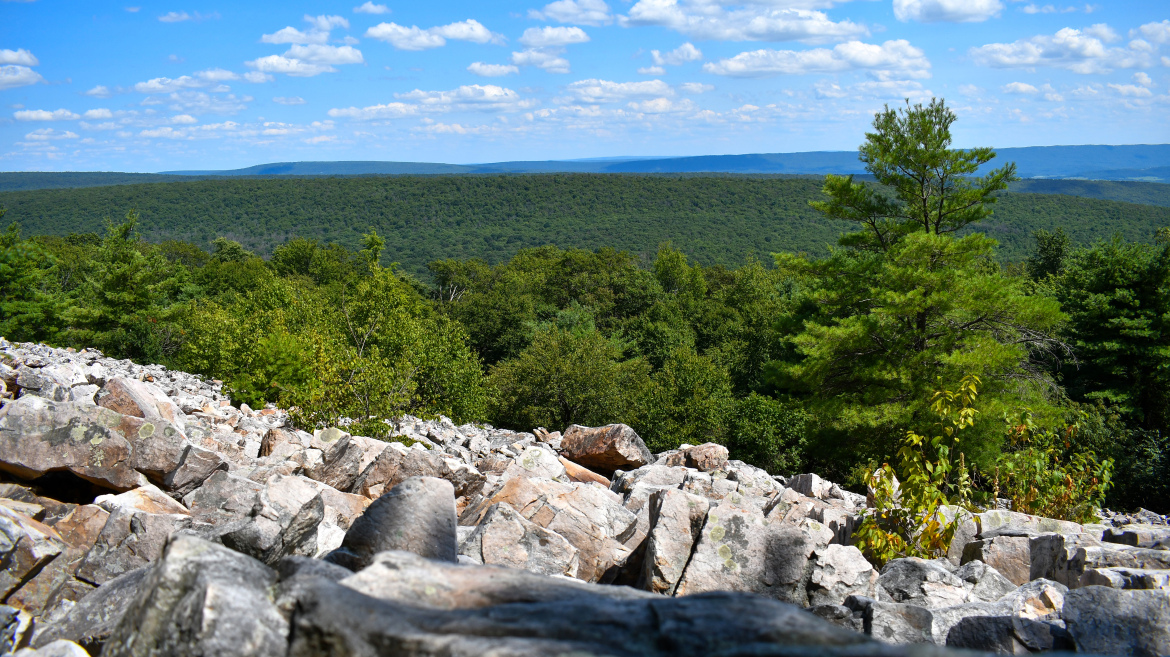
Rothrock State Forest is a haven of outdoor recreation for Central Pennsylvania residents
Located just south of State College, Pennsylvania (home of Penn State University), Rothrock State Forest comprises nearly 97,000 acres of land that includes four state parks and crosses three counties. Once owned by Greenwood Furnace, the land was once virtually stripped bare of trees to provide wood to run the company’s furnaces.
In 1903, the state purchased 35,000 acres of the forest under the direction of Dr. Joseph Trimble Rothrock, the first commissioner of the Pennsylvania Department of Forests and Waters, the forerunner of the state’s current Department of Conservation and Natural Resources (DCNR). Over time, more acreage was acquired, including an additional 1,271 acres in 2021, to shape the forest’s boundaries into their current form.
In Stoddard’s opinion, the forest is a vitally important part of outdoor recreation in the Happy Valley area. “It’s a central part of what makes Happy Valley the center of adventure in Pennsylvania.” Stoddard said that the forest is a year-round destination for hiking, mountain biking, gravel riding, trail running, wildlife viewing, and more.
It also connects residents of State College to nature. In fact, Crisfield said that a greenway extends existing bike paths to facilitate bike travel, almost completely off-road, for the 4.5-mile distance from Penn State to the forest. Students at the university, as well as city residents, can ride from downtown without ever getting on a road.
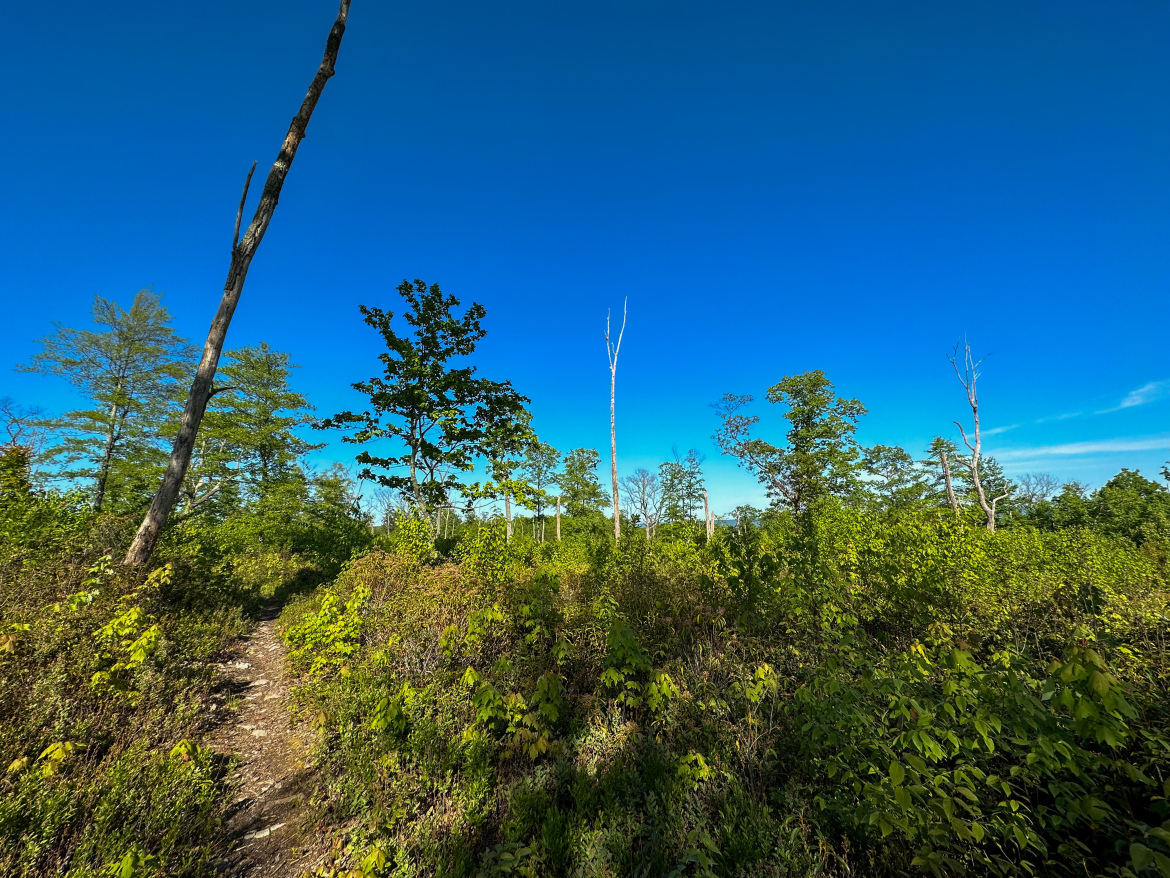
Recognizing there were sustainability issues, the state did an assessment of all the trails in the forest
“A lot of the existing descending trails in the forest are old fall-line trails that date back to the Industrial Revolution,” said Bush. These trails weren’t built with sustainability in mind and have suffered from water erosion.
Beginning in the fall of 2016, the DCNR and Penn State performed a Recreational Trail Assessment of the forest, which was completed in 2018. The assessment focused on the physical, social, and managerial sustainability of the forest’s trail system.
The assessment found that “significant portions of the developed assemblage of trails [in] the Rothrock State Forest are aligned poorly and exhibit grades and a lack of sufficient maintenance that degrade user experiences and impact natural resources.” Further compounding the issue was the fact that the forest staff “has been relatively hands-off with respect to trail maintenance.”
Because the forest is a fundamental part of outdoor recreation in the Happy Valley area, the assessment identified a need to develop and formalize a long-term trail system vision and implementation plan. Based on the assessment, the state recommended eliminating relatively redundant routes within dense zones, decommissioning physically unsustainable trails, and adding sustainably developed trails and connections.
The state turned to stakeholders to help turn the recommendations into reality, but unexpected issues arose
Bush told Singletracks that the state presented the finalized assessment at a large public meeting and called on all user groups of the forest to help raise funds so the recommendations could be implemented. However, none of the user groups were well-organized. So, they banded together to create the Friends of Rothrock State Forest, a non-profit organization.
The idea was simple: “once the group was formed, we could adopt the trail plan, and work in concert with the District Forester and put it into action,” Bush explained. But securing grants and contracting with designers and builders proved trickier than expected. “Through that process, we ran into a number of roadblocks and stumbling points because it was the first project of its kind in Pennsylvania.”
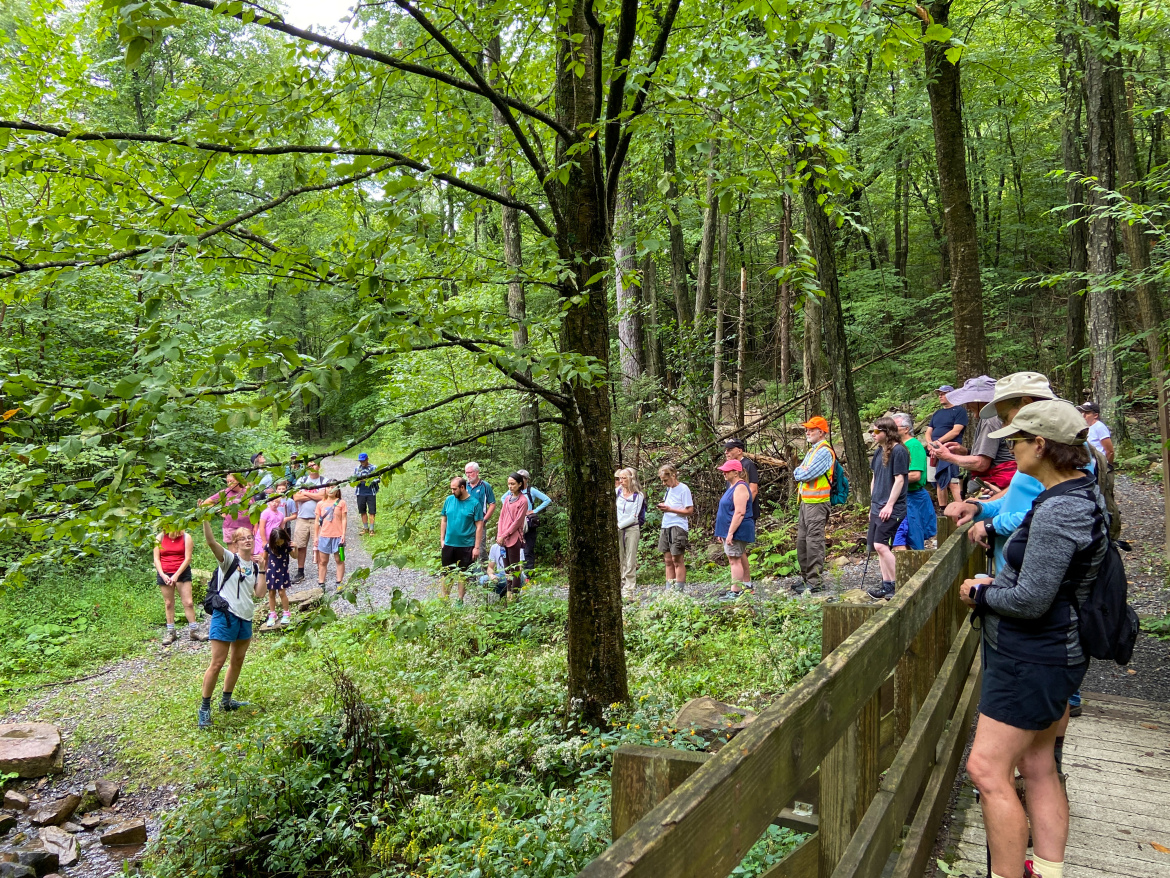
ClearWater Conservancy stepped in to help cement the deal
Bush said that the Friends of Rothrock State Forest realized it didn’t have the capacity to negotiate such a huge agreement or manage the big grants they would need to obtain to start building new trails in the forest. So, they joined forces with the ClearWater Conservancy (ClearWater).
According to Crisfield, ClearWater is a nationally accredited land trust that protects and restores properties. ClearWater also had an interest in Rothrock State Forest. In 2007, ClearWater acquired 423 acres at Musser Gap and subsequently conveyed ownership to DCNR, which made it part of Rothrock State Forest.
ClearWater invited the Friends of Rothrock Forest to join as a committee under its umbrella, and the group changed its name to Rothrock Trail Alliance (RTA) to better represent the various trail users in the forest, including mountain bikers. As a committee of ClearWater, RTA gained the backing of a strong non-profit organization for grant and financial management purposes. Bush said that ClearWater also helped finalize the agreement between RTA and the DCNR.
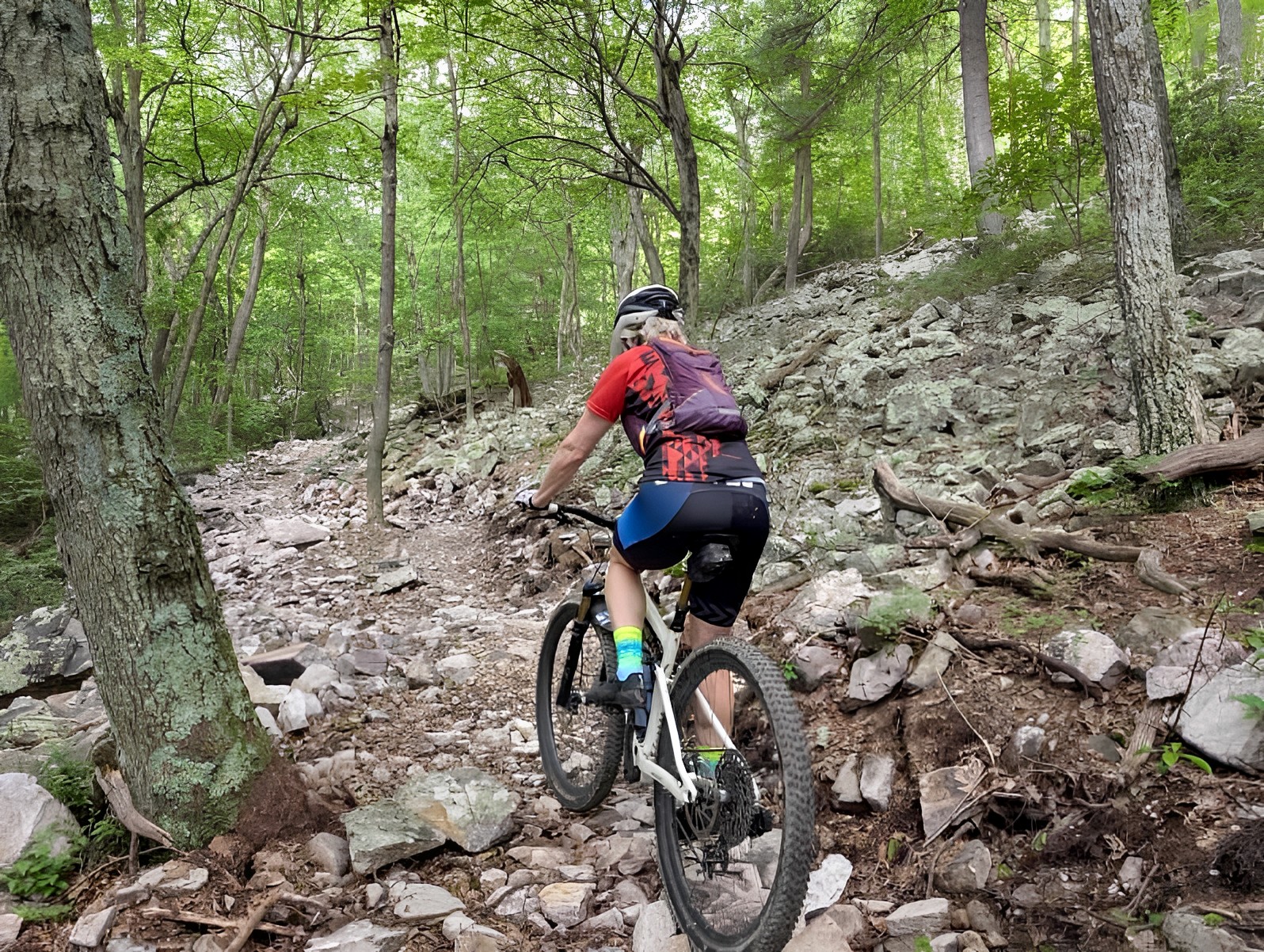
Construction of the new trails began in 2024 and is ongoing
While the agreement between ClearWater and the DCNR was being finalized, RTA contracted with a designer to plan the entire project. It then secured a $365,000 Recreational Trails Program grant, followed by a $500,000 grant from the Community Conservation Partnership Program.
The funds were used to start phases one and two of the project. Phase one consisted of 7.5 miles of multi-use trails built by Dirtsculpt that connect the Musser Gap area of the forest to Pine Swamp Road. The land on which the trails were built was purchased by ClearWater in 2007 and conveyed to DCNR.
Not only did phase one create new trails, but it also added a new access point to the forest, relieving congestion at the other access points. Phase one was opened to the public in July of 2025.
Phase two, which will add an additional 11 miles of multi-use trails, is going to connect Musser Gap to Whipple Dam State Park. Construction on phase two, which is being handled by Appalachian Dirt, is currently underway, and Bush said he hopes it will be completed in 2026.
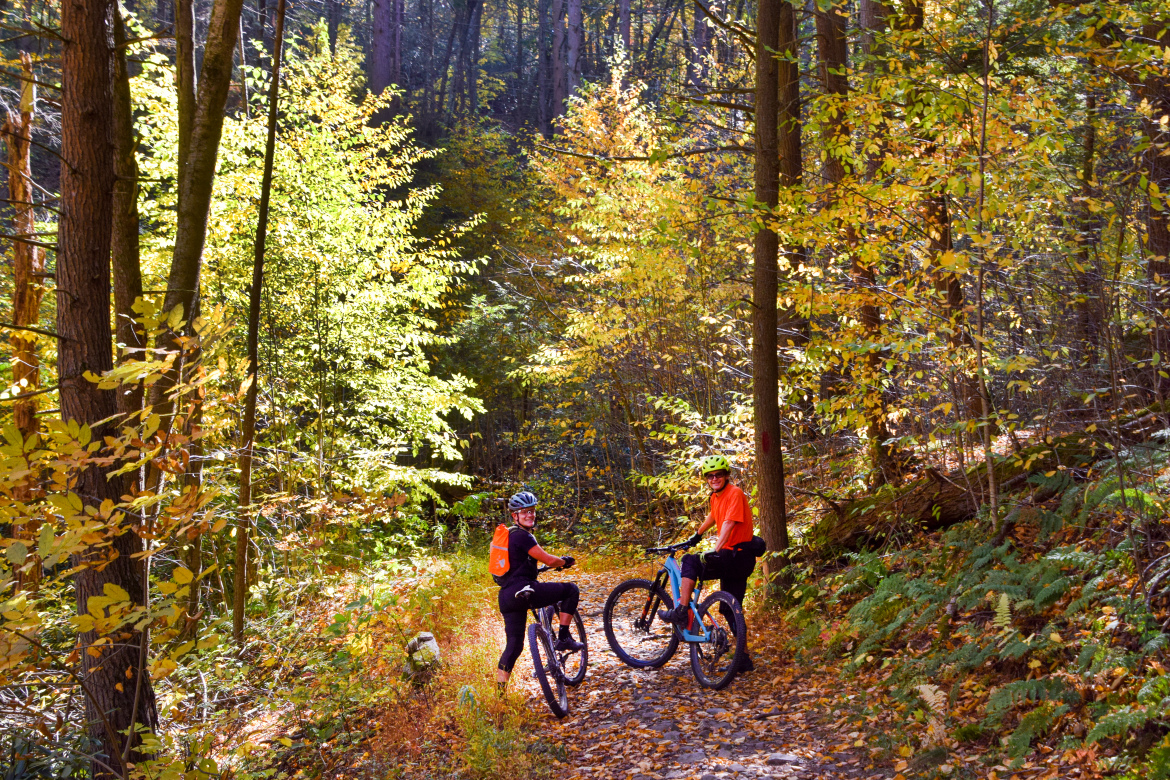
With nearly 20 miles of new trails completed, the benefits are already being seen
Stoddard said that the Bureau’s data shows that the Happy Valley area continues to experience year-over-year growth in visitation. Even though the phase one trails are relatively new, he said it seems like there’s been a noticeable uptick in outdoor recreation since their completion.
Additionally, Stoddard said there has been a strong buzz in the community. “Local bike businesses have mentioned an increase in visitors stopping by their stores, and the trails are being talked about in cycling groups and shared widely on social media.”
Stoddard believes that once all phases are completed, the new trails will have a transformative impact on outdoor recreation in the area. “This is more than a trail system. It’s a long-term infrastructure for health, tourism, and community in Happy Valley, Pennsylvania.”
Crisfield said that both ClearWater and the DCNR are proud of how well they worked together. “It’s a model for getting this level of access in place.”


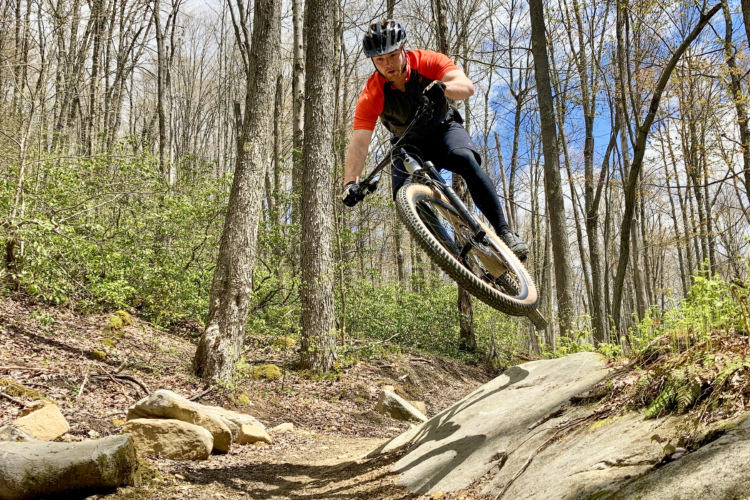
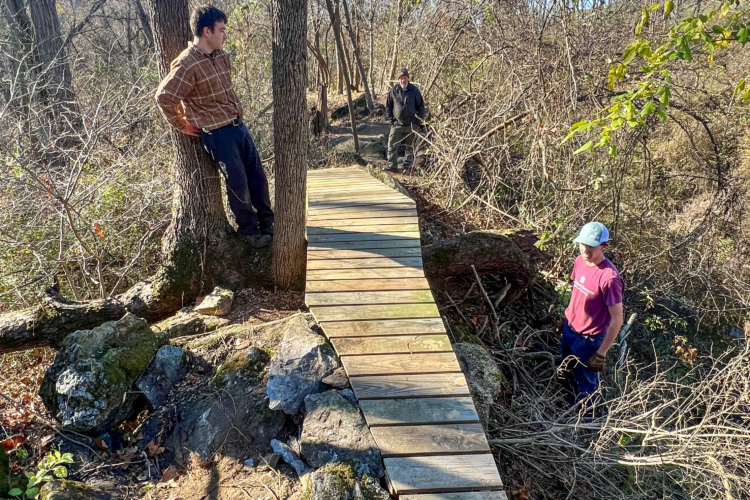


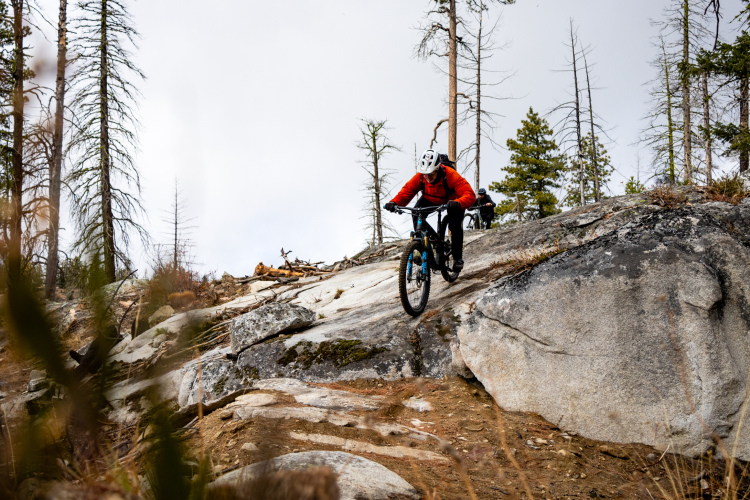
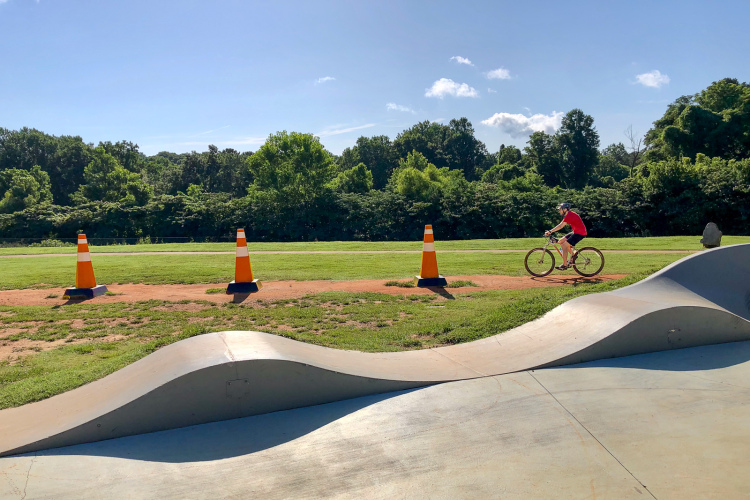

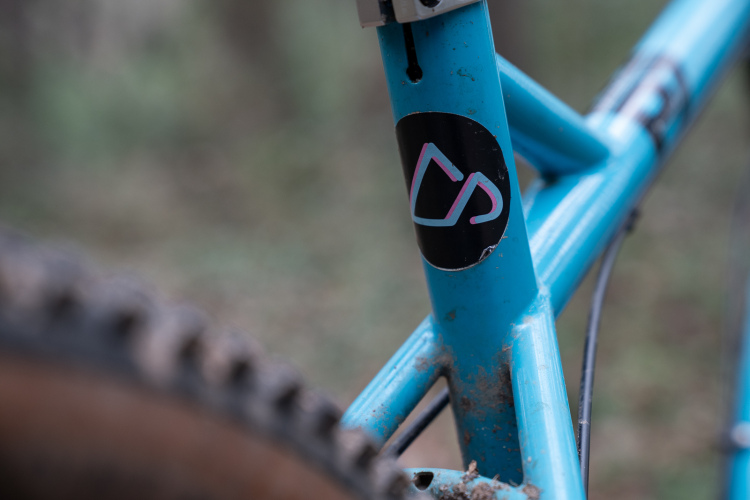

1 Comments
Oct 29, 2025